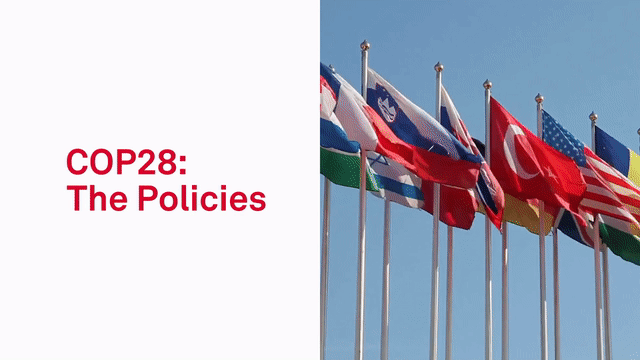The development of global carbon markets will be high on the agenda at this year’s UN Climate Change Conference (COP28). S&P Global Commodity Insights assesses the state of play in both the compliance and voluntary sectors.
Video 1- COP28:The Challenge
Video 2- COP28: The Technologies
Related content:
Special report - Unraveling Uncertainty: 2023 Scenarios and Net-Zero Cases
Special report - COP28 climate talks in focus
We’ve seen in our Scenarios that the world is falling far short of what’s needed to achieve Paris Agreement goals. Carbon markets are seen as a focused policy tool to help close the emissions and implementation gaps, but it’s truly a tale of two markets when we compare the voluntary and compliance sides.
Compliance markets continue to expand. China, the world’s largest market in terms of covered emissions, is looking to include additional sectors. India, Japan, Brazil, Indonesia and Turkey are among the largest contributors to economic and emissions growth, and they have new carbon markets in the development stage. The EU Emissions Trading System has been boosted by significant reforms through 2030. Countries and industries around the world are scrambling to understand their obligation and exposures to this increasingly global carbon market given the EU’s new policies covering maritime emissions and Carbon Border Adjustments.
At the same time, the voluntary carbon market grew rapidly in 2021 and 2022 but has since stumbled and slowed. Prices, issuance and retirement of credits have fallen considerably, and projects and reductions have fallen short of claims. Parties are under pressure to make decisions on Article 6 global carbon markets very carefully and with only the highest standards for quality. The world is also recognizing the importance of designing policies to not only avoid carbon, but also to remove it.
For more on COP28 and the energy transition, visit spglobal.com/commodityinsights


